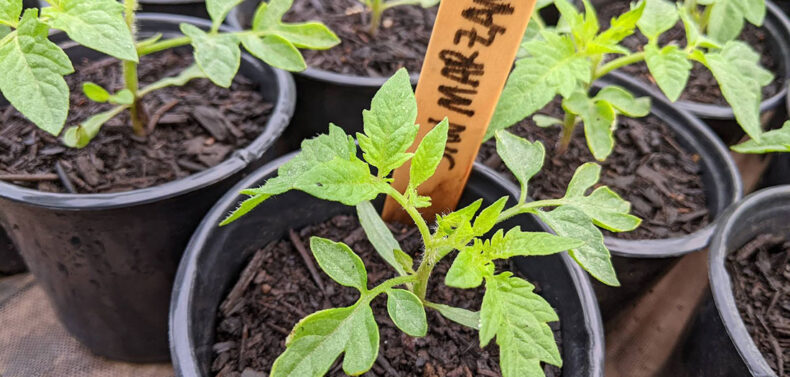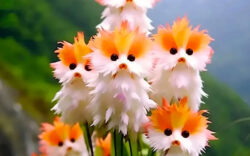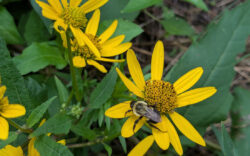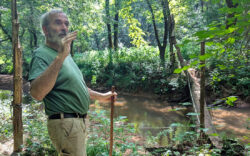Gardeners new and old rejoice: Spring plant sales kick into high gear this month. But what should you look for when appraising a leafy candidate for consideration as an addition to your home garden? Here are a few things to look for when checking out promising potential plants.
Local Matters: Athens-area farmers, backyard gardeners, university organizations, start-up nurseries and well-established businesses all are awash in spring seedling sales. If you can’t find exactly what you want, tell someone! You might find a grower willing to germinate, propagate or carry what you’re looking for. Besides supporting local businesses, buying local usually means healthier plants more suited for a Northeast Georgia climate. They’ve acclimated to the weather, and growers choose varieties with an eye to doing well throughout the season.
Though there is some variability at big box stores, stock is ordered based on what most people buy. This narrows the selection and means that some popular plants can fail in Athens-area backyards. For example, tomatoes without some blight resistance and cucumbers without some mildew resistance might survive elsewhere, but they have a tough go in our hot and humid climate.
Healthy Roots: When you can, check the roots. From vegetable seedlings to saplings, the roots can tell you about the health of your plant. Ideally, look for roots that are white or light-colored and grow both down and across the soil. Rotten roots are black and fall easily from the root ball. Some Internet experts point to checking for encircling roots trapped in a pot as a sign of a root-bound plant that won’t produce well. I disagree. You’ll want to shake the roots free before re-planting, but good roots go where there’s dirt. Some plants, like the spider plant, prefer a smaller container with squished roots compared to a roomy pot with more soil.
If there aren’t any white or light-colored roots, like the asparagus crowns and strawberry plants I planted this week, feel the roots to make sure they have some turgidity. Squishy, soft roots are another sign of rot, and the plant might not be worth your time and money.
Price Points: Determining what’s a fair price will ultimately be at the buyer’s discretion. That said, the bigger the pot, the pricer the plant. If you’re looking to get a bunch of plants at a good price, skip over everything in a five-gallon pot—and maybe the one-gallon pots, too. The grower invested more time and energy in the larger plants, and will need to sell it at a higher price to recoup that investment. Larger pots and additional soil also raise the cost. Pint pots generally sell around $3-5, depending on the variety of plant. The more difficult to fertilize, germinate or propagate, the more expensive the plant will be.
If you’re interested in buying many plants from the same grower, ask about wholesale pricing.
Bugs and Eggs: No, you don’t need a magnifying glass and 10 minutes to check out every plant. I’m suggesting you give your preferred candidates a once-over just to make sure that there’s nothing obviously wrong. Yellow leaves on a plant that should have green leaves is a sign of mineral deficiency and could lead to fruiting problems. Large chomps out of the leaves could mean you’re setting yourself up for an insect infestation. A quick check on the underside of a leaf or two will alert you to a cluster of eggs or the presence of aphids. Pick the healthiest plants you can find of the bunch. If you, like my Mom, have a soft spot for sick and injured plants, ask for a discount before buying the ugly ducklings.
Chemical Sprays: If you are concerned about chemicals on your seedlings, ask the grower about what and when they sprayed last. Even the organic or certified naturally grown labels do not mean a lack of pesticides and fungicides. It means chemicals derived from natural sources, typically less harsh and with fewer functioning hours than non-organic options. As someone who has sprayed organic and non-organic chemicals in the past, I wouldn’t want either option on my skin for a long period of time. It’s best to wash your hands after handling nursery plants whether purchased or not.
Like what you just read? Support Flagpole by making a donation today. Every dollar you give helps fund our ongoing mission to provide Athens with quality, independent journalism.










